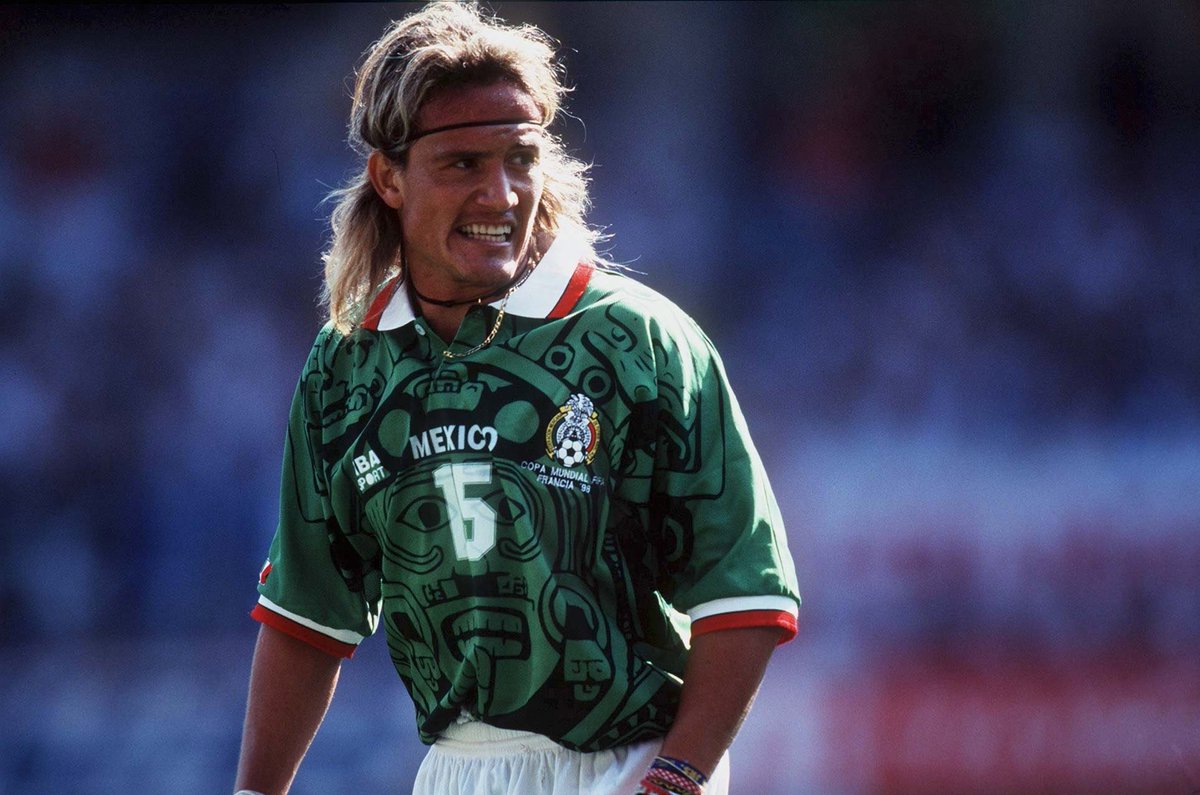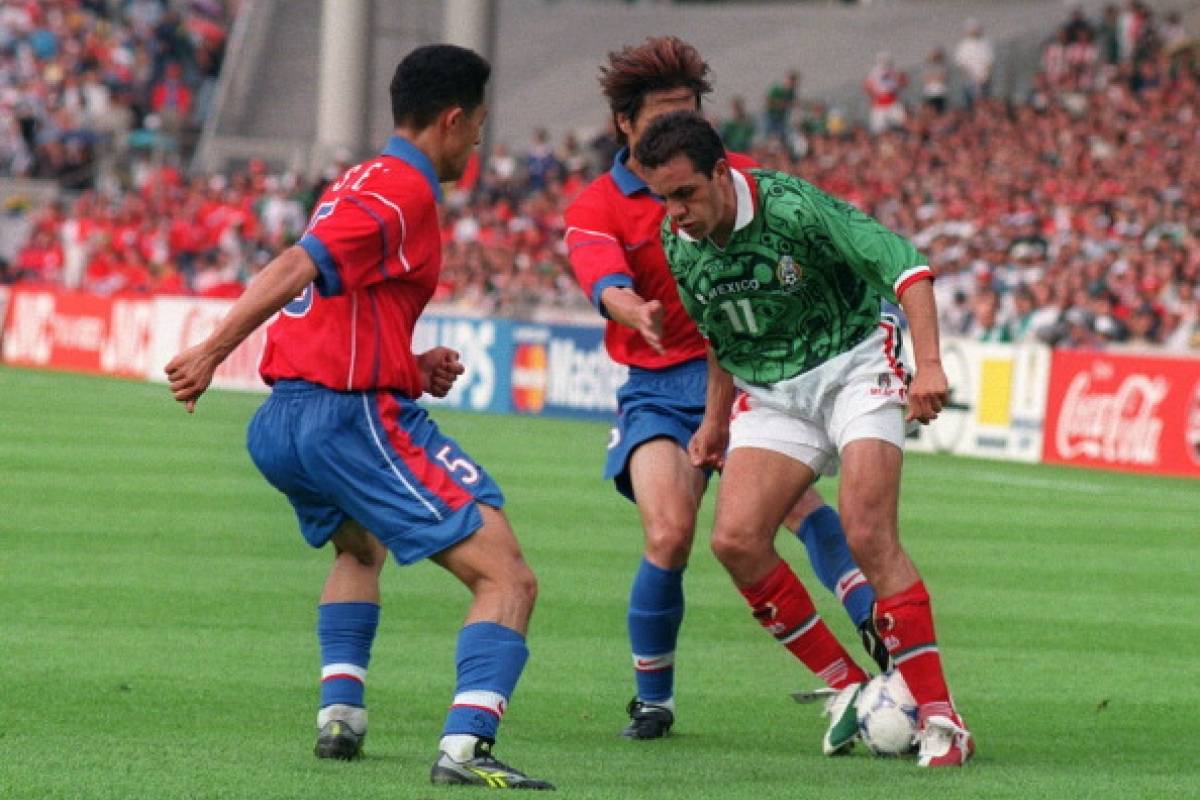When Mexico lined up at the 1998 World Cup in France, they wore a kit that instantly captured global attention. It wasn’t just a football shirt - it was a piece of art, a cultural statement, and, in the eyes of some, a provocation.
Designed by ABA Sport, the Mexican manufacturer who held the contract at the time, the shirt featured an enormous Aztec calendar stone emblazoned across the chest, its circular patterns stretching from sleeve to sleeve. This wasn’t subtle. It was a bold declaration of national pride stitched into polyester.
The design was inspired by the Aztec Sun Stone, a symbol deeply woven into Mexican identity. For a country often overshadowed on the world stage by European and South American giants, the kit was more than fabric. It was history, heritage, and defiance all rolled into one. In the late ’90s, most international shirts were dominated by clean blocks of colour, occasional geometric shapes, and the usual sponsor logos. Mexico’s effort was something else entirely: unapologetically loud and unapologetically Mexican.

Predictably, the shirt split opinion. Traditionalists hated it, dismissing it as a carnival costume rather than sportswear. Critics argued that it distracted from the football, that it looked unprofessional, that it was too garish for the “serious” business of the World Cup. FIFA themselves weren’t exactly thrilled. Reports circulated that the governing body felt the design was too ostentatious and pressured ABA Sport to tone things down in future releases. The result was that Mexico’s next kits became far more restrained, making the ’98 shirt even more of a one-off.
But what the critics didn’t understand was that the shirt spoke to Mexicans in a way few football kits ever had. It connected the team to their ancestors, to the stories and struggles that defined the nation long before football arrived. To wear it was to carry centuries of identity into a modern sporting arena. For supporters, the shirt wasn’t an embarrassment - it was a badge of honour.
On the pitch, Mexico delivered moments worthy of the kit’s legend. They drew with Holland, beat South Korea, and fought back heroically from two goals down against Belgium. Their journey ended in the round of 16 against Germany, but the shirt had already left its mark. Photographs of Cuauhtémoc Blanco’s famous “Blanco Bounce” - trapping the ball between his feet and hopping past defenders - are forever tied to that giant Aztec stone design. In an era before social media, that flamboyance found its way into newspapers and highlight reels around the globe, cementing the kit’s place in folklore.

In the years since, the ’98 Mexico shirt has become one of the most sought-after items for collectors. Original versions sell for hundreds of pounds, sometimes more if they’re in pristine condition. Retro reproductions are snapped up almost as quickly as they’re released. Its appeal has only grown as football shirts have moved beyond the pitch and into streetwear. Today, the boldness that was once criticised is celebrated. The Aztec shirt isn’t seen as a gimmick anymore - it’s viewed as a masterpiece of design.
What makes it so enduring is the way it captured both time and place. It was the late ’90s, when football fashion was beginning to push boundaries but hadn’t yet become the billion-pound industry it is now. It was Mexico, a country rich in history and cultural pride, using a football shirt to show the world who they were. And it was a World Cup, the grandest stage of them all, where every detail - from boots to badges - becomes immortalised.
Not many kits get banned. Fewer still go on to be loved decades later. Mexico’s Aztec shirt did both. It was divisive, daring, and unforgettable - exactly what a football shirt should be.
We also think you'll like...